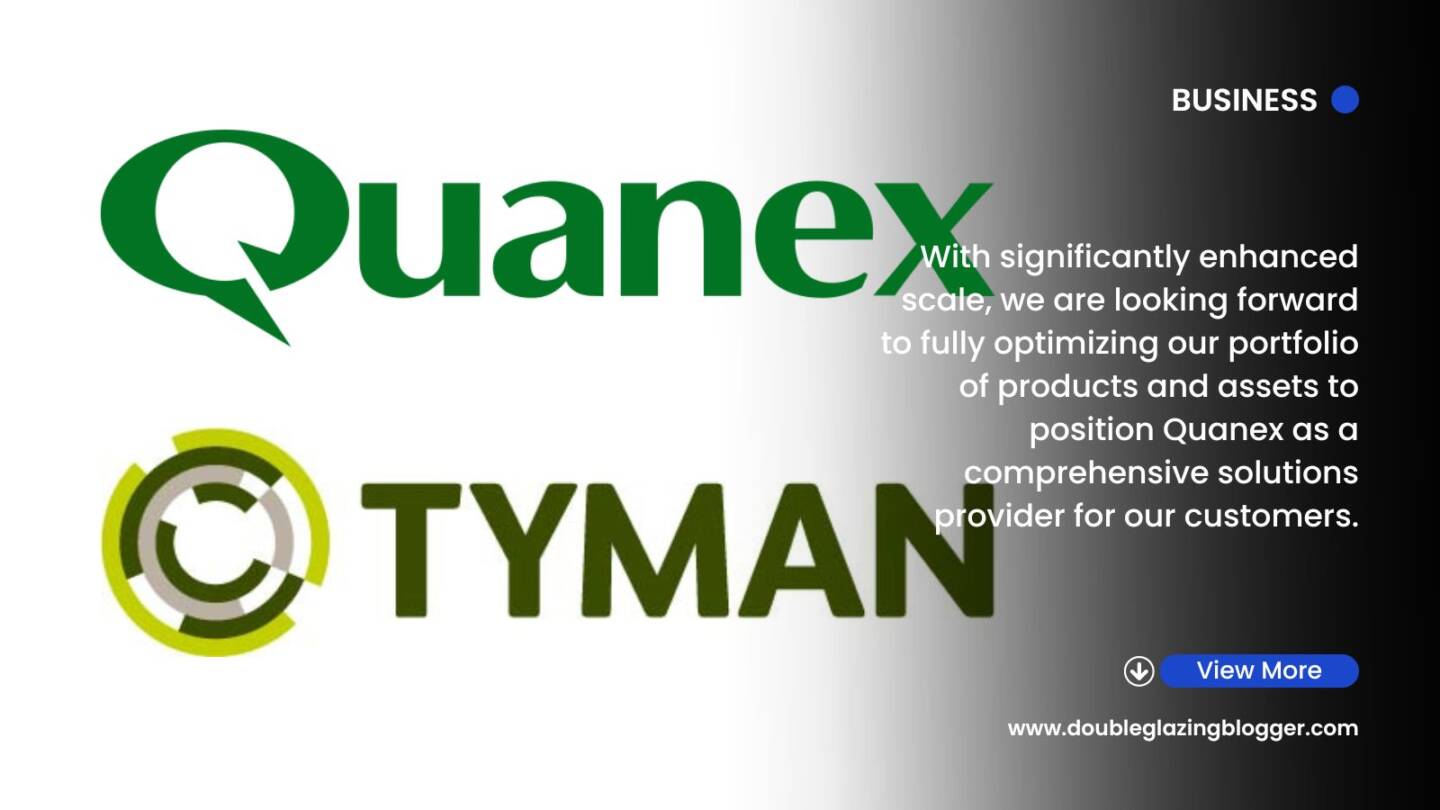Remember back in the summer when the share price value of some of our industry’s biggest publicly traded companies took a nose dive? It was during the height of the industry turbulence which saw Entu flirt with oblivion and brought back from the brink in a buyout by Brian Kennedy. A period which saw Lister Trade Frames shock the industry with it’s administration announcement and was then saved and reborn under the stewardship of Roy Frost. A period which saw a number of profit warnings by Safestyle UK and others, which not only saw their share price value drop, but that of others and those who supplied to them.
Other than the Great Recession of a decade ago, I cannot remember a time where the industry was as unstable or turbulent as it was during the summer. It got to the point where week after week it was almost expect that something shocking was going to be routinely announced.
But back to focus. All these bumps in the road saw the market value of some of our biggest publicly traded companies take a nosedive. Have they managed to recover? Well, not really.
Any gains are limited
One of the headline stories during the summer chaos was the very sharp dip in value of Safestyle shares. A number of profit warnings, coupled with a downgraded outlook saw their share prices dive. However, a further update to traders however pointed to something more positive. As a result, there was a bit of a snap back in prices.
Since then though, Safestyle and others have seen their share prices start to fall back again:
The most dramatic looking chart there is that of Eurocell. That is quite a steep dive south in the last few days and weeks. I do want to mention however that I was given access to their H1 financial report earlier on in the year which did actually show the company in decent health. I don’t think that this drop in their price has anything to do with the financial health of the business, rather the uneasy market around them. There is a predicted slowdown coming in our industry in the next couple of years, and the UK economy continues to grind on instead of powering on. All conditions which don’t do suppliers of windows, doors and ancillary products any good.
You’ll also notice that spike higher for Safestyle if you take a look at their chart. They are however back on the downward trend, paring some of their gains after the initial recovery.
It’s also worth noting that Pilkington chart shows that it fell nearly 6% on Tuesday, although the chart didn’t show that decline when this post was written.
Epwin has never really recovered when all hell was breaking loose in the summer and has continued to grind lower and Saint-Gobain haven’t really gone anywhere.
On the share price front it’s not really looking all that positive. So what is causing this downward trend? Why aren’t we seeing any rebounds in value?
Confidence drain?
Quite often when share prices fall in dramatic fashion they spike back up again in anticipation of any overreaction correcting itself. It’s at this point where people start to buy shares at the lower value, expecting that usual rise. It’s something called “buying the dip”.
It’s not happened this time. The charts above show either stagnation or continued falling prices. Where is the usual buying of the dip? This could be a sign that investors aren’t looking upon UK fenestration with as much confidence as they once did. If investors think our industry is about to go through a recessionary period, or parts of the UK economy where these companies are involved is going to slow down in the next couple of years, they won’t be tempted to put their money back into them. At least for now.
By the time you read this it will be Budget Day here in the UK. The Chancellor is under pressure to boost the UK housing market and supply of new homes. We could see stocks in the above companies rise if there are signs that there is going to be more building on the horizon. And of course more buildings means more windows, doors, glass and ancillary products. So this is an area of our industry that I will be keeping an eye on as the Chancellor makes his statement.
Although these charts in no way spell disaster for the window industry overall, it is when you look deeper into the data that is out there which can give us an indication of where we might be headed. The future is by no means set for us, and the predicted 4% shrink in growth in our industry can be negated if we can crack common problems like productivity and customer service.
To get weekly updates from DGB sent to your inbox, enter your email address in the space below to subscribe:












Yo you market at the moment. More redundancies with in the industry. I believe Ultraframe made a number of management redundancies the other week. Times are still tough